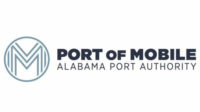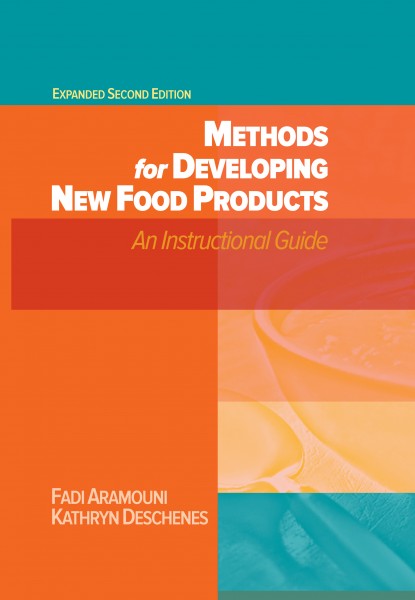Alabama Port Authority CEO Named to Atlanta Fed Reserve Bank New Orleans Branch

The Federal Reserve Bank (Fed) of Atlanta announced the appointment of John C. Driscoll, director and chief executive officer of the Alabama Port Authority, to its New Orleans Branch board of directors. The board of governors appointed Mr. Driscoll to serve a three-year term ending Dec. 31, 2024.
The Fed is the U.S. central bank responsible for overseeing the monetary system of a nation. The central bank is made of 12 reserve banks as well as the Washington, DC-based Board of Governors. The Atlanta Fed territory includes Alabama, Florida, Georgia, and portions of Louisiana, Mississippi, and Tennessee with branches in Birmingham, Jacksonville, Miami, Nashville, and New Orleans. Fed appointments represent industry expertise from all parts of the economy, including but not limited to bankers, manufacturers, labor representatives, and the hospitality industry. These appointees provide insight into their own industries and relay key drivers in regional economies.
“Being asked to serve is a privilege,” said John Driscoll. “Functional ports and supply chains are critical to the flow of raw materials and goods supporting this nation’s commerce. I look forward to this appointment and hope I can help broaden understanding on how ports and transportation systems impact the regional and national economy.”
Driscoll was named director and chief executive officer for the Alabama State Port Authority in 2020, managing the public seaport terminals at the Port of Mobile. Driscoll has over 30 years of maritime marketing, sales, operations and trade development in the United States, the Caribbean, Central America, and South America for companies like Sea-Land, Maersk and CMA-CGM. Prior to leading the Alabama Port Authority at the Port of Mobile, Driscoll was the director of maritime at the Port of Oakland responsible for operational and marketing responsibility for one of the nation’s top 10 container seaports.
The Alabama State Port Authority oversees the deep-water public port facilities at the Port of Mobile. The Port Authority’s container, general cargo and bulk facilities have immediate access to two interstate systems, five Class 1 railroads, nearly 15,000 miles of inland waterways and air cargo connections.
Looking for a reprint of this article?
From high-res PDFs to custom plaques, order your copy today!






.jpg?height=200&t=1648041134&width=200)


